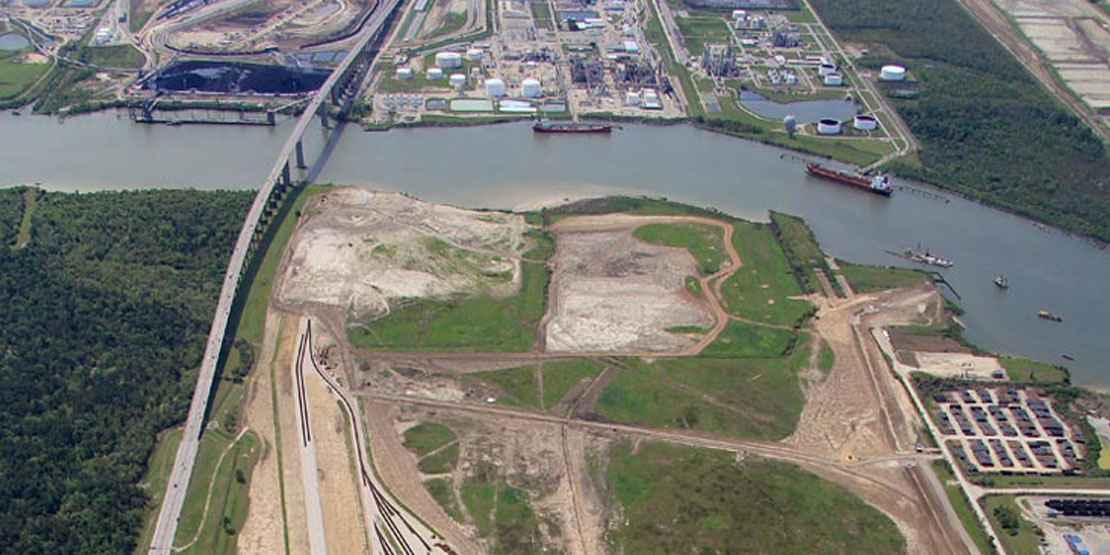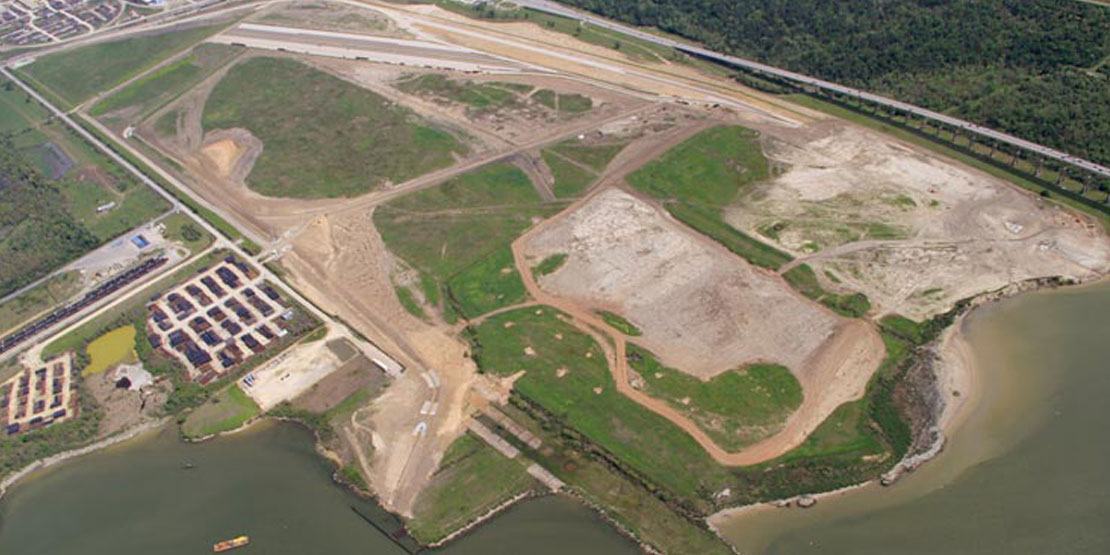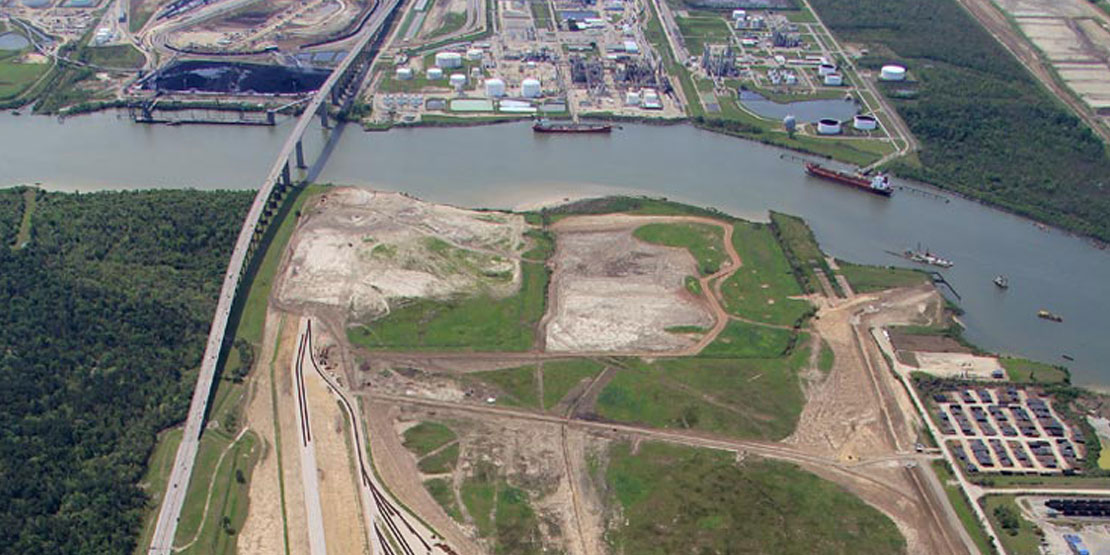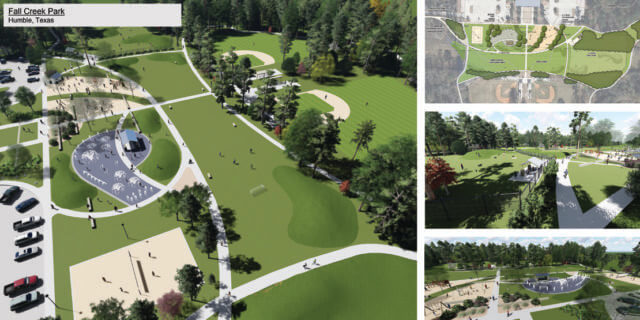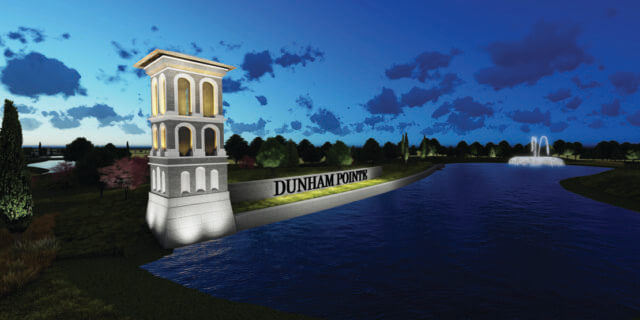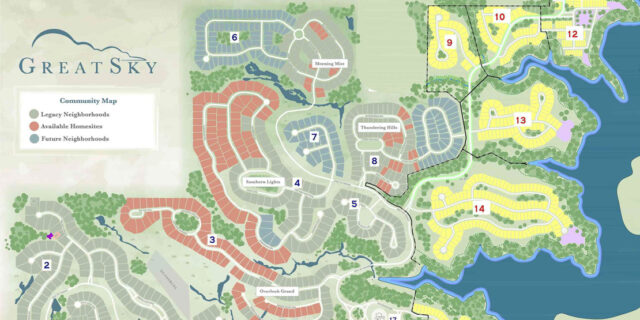Texas Deepwater Energy Logistics Terminal
Client: Pinto Realty Partners
City: Houston
State: Texas
Services: Land/Site Development
Texas Deepwater Energy Logistics Terminal is located at Beltway 8 and Jacintoport Boulevard, with approximately 4,500 feet of waterfront along the Houston Ship Channel. A number of key activities have occurred to advance the greenfield site to a full-scale commercial development, including permitting, engineering and connectivity efforts. Existing infrastructure supports railcar storage, switching and handling capabilities for over 500 railcars. Dredge disposal facilities provide an economical disposal option for operations along the channel. Upon development, these assets will underpin Texas Deepwater terminal’s unit train and deepwater capabilities.
BGE designed and prepared construction plans for drainage facilities and mass grading for the project. Phase I included extending a rail line into the property from existing tracks along Jacintoport Boulevard and expanding into a rail yard facility. The ultimate rail capacity is anticipated to be more than 1,500 cars. In addition to expanding the rail yard areas, future phases for Texas Deepwater Industrial Port also include plans for docks, distribution facilities, warehousing, and areas of liquid and dry bulk material storage.
BGE provided grading and drainage design of the site to convey runoff from the Phase I rail yard, as well as taking into account future drainage needs of the entire park. The drainage facilities included open channels and storm sewers ranging in size from 36 inches to 66 inches. BGE also designed a concrete at-grade bridge structure for rail line crossings of a 108-inch Coastal Water Authority water line. This design included a slab 3.5 feet thick, and sixty 36-inch diameter drilled shafts each 61 feet long. This structure was designed to keep the weight of fully loaded rail cars for seven tracks from being transferred to the 108-inch water line. In addition to the grading, drainage, and the rail bridge, BGE provided multiple surveying, environmental and platting services, as well as the design for a second at-grade bridge structure for rail line crossing over the 108-inch CWA water line.


